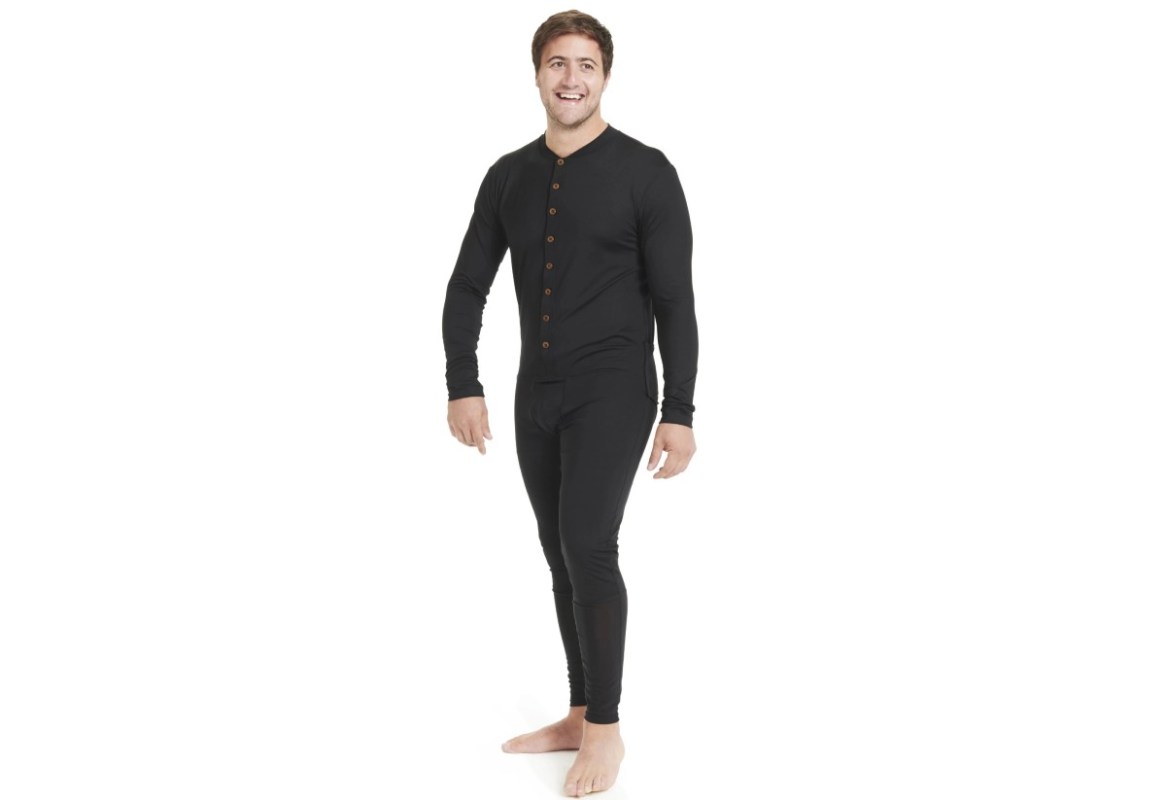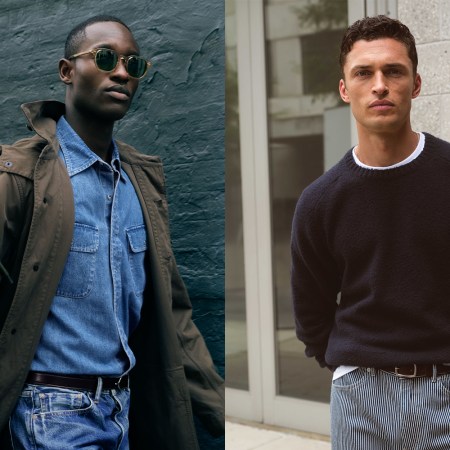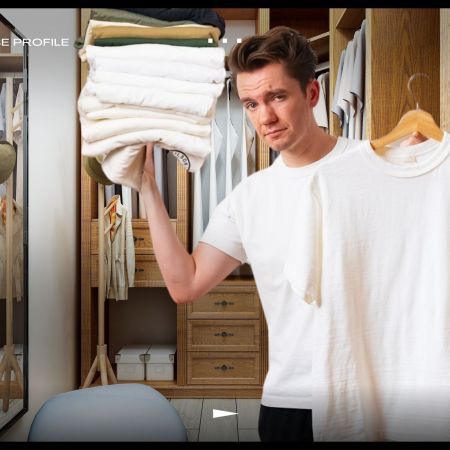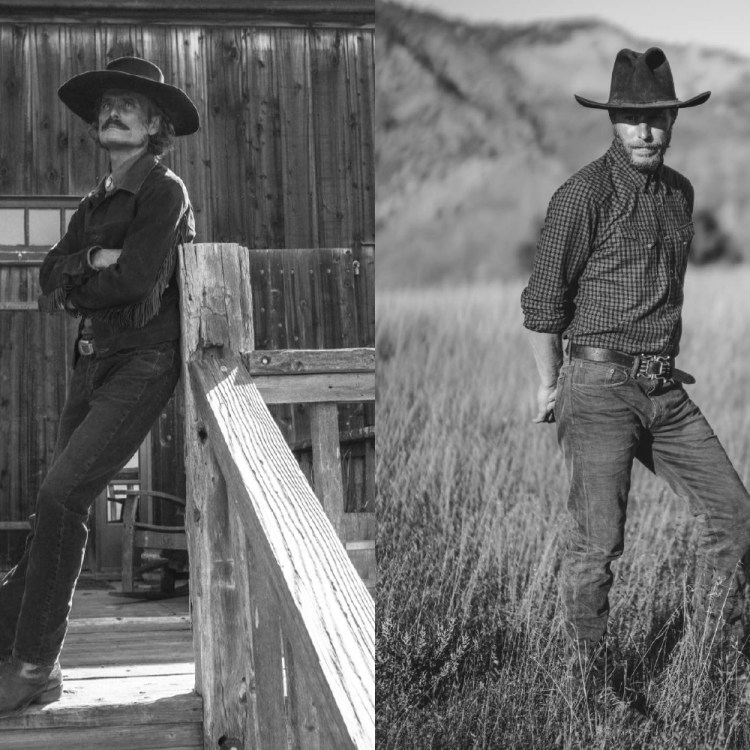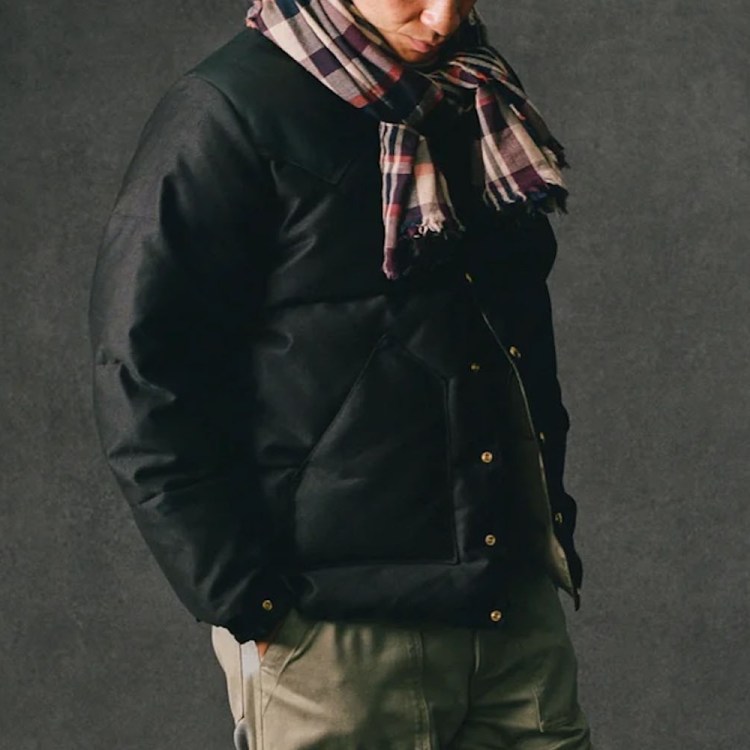Once upon a time, it was easy to tell when someone was dressed for a day of skiing and when someone was simply dressed for cold weather. Over the years the border between those two looks has become increasingly porous. How did we get to this point? When did clothing designed for a day of downhill skiing become the stuff of sartorial legend?
At The Strategist, Hilary Reid explored this phenomenon — and discovered some surprising answers.
More specifically, Reid delves into the ripple effect from the launch of Matek, whose own description of their work is refreshingly candid. “We’re just gonna come right out and say it: we’re niche,” the company writes on its “About” page. “We offer only what we specialize in, but we promise it’s special.”
Matek was founded by Abigail Stern, who previously worked at NikeLab. Reid writes that “Matek’s pieces are inspired by retro 1960s and 1970s ski imagery,” which is spot-on: they manage the difficult feat of looking both classic and contemporary. Reid cites the Dik-Dik — described in her article as “a weirdly charming unisex fleece turtleneck bib with arm holes” — as one particular article of clothing that’s caught on among fashion designers and influencers.
As Reid writes, this embrace of Matek’s clothing is one part of a larger trend; she quotes one trend researcher as arguing that its popularity is the logical next step for athleisure. It doesn’t hurt that skiwear is often stylish, comfortable and translates well to the colder months; this new trend might be coming at us faster than a downhill racer.
Subscribe here for our free daily newsletter.
Thanks for reading InsideHook. Sign up for our daily newsletter and be in the know.
